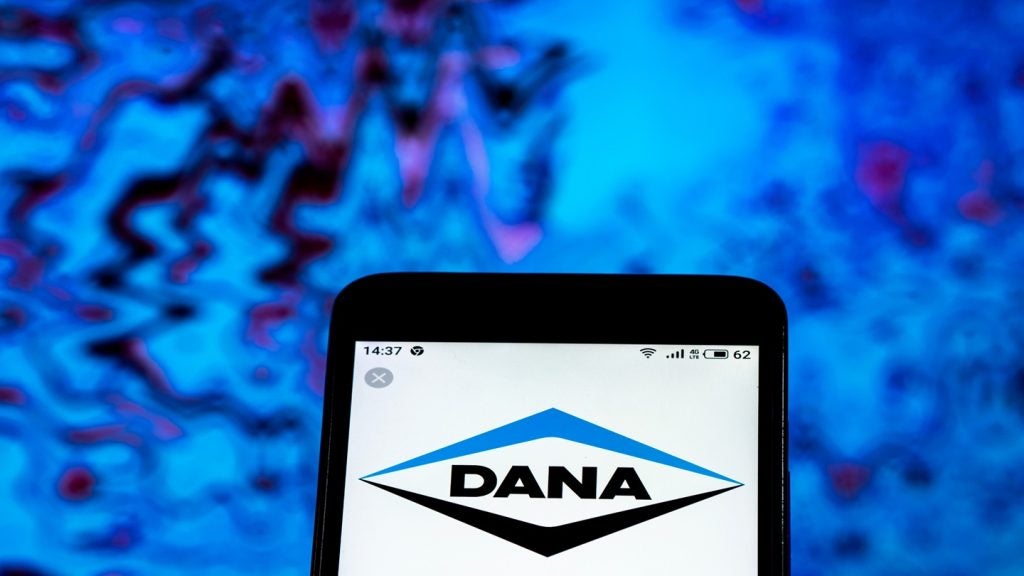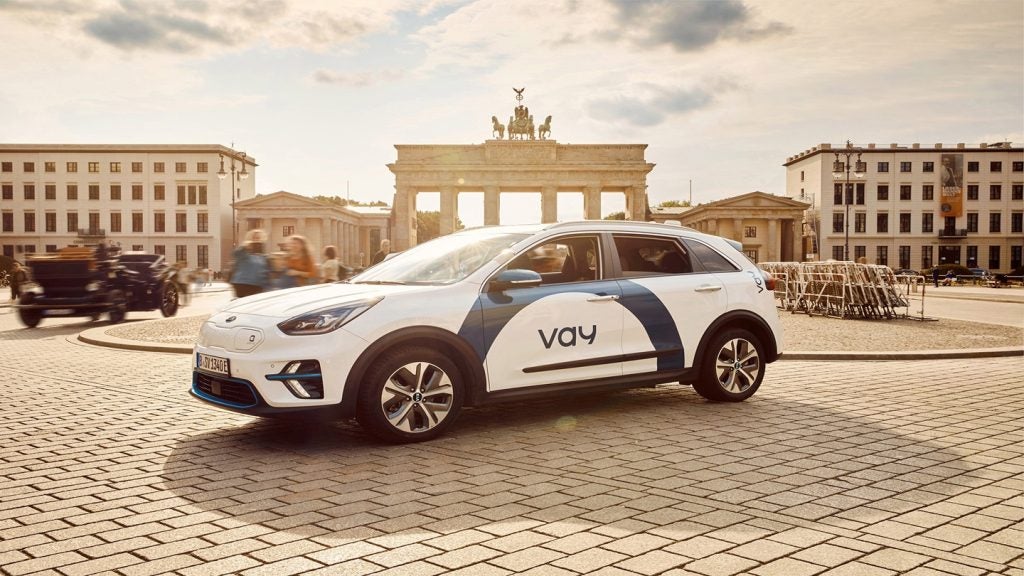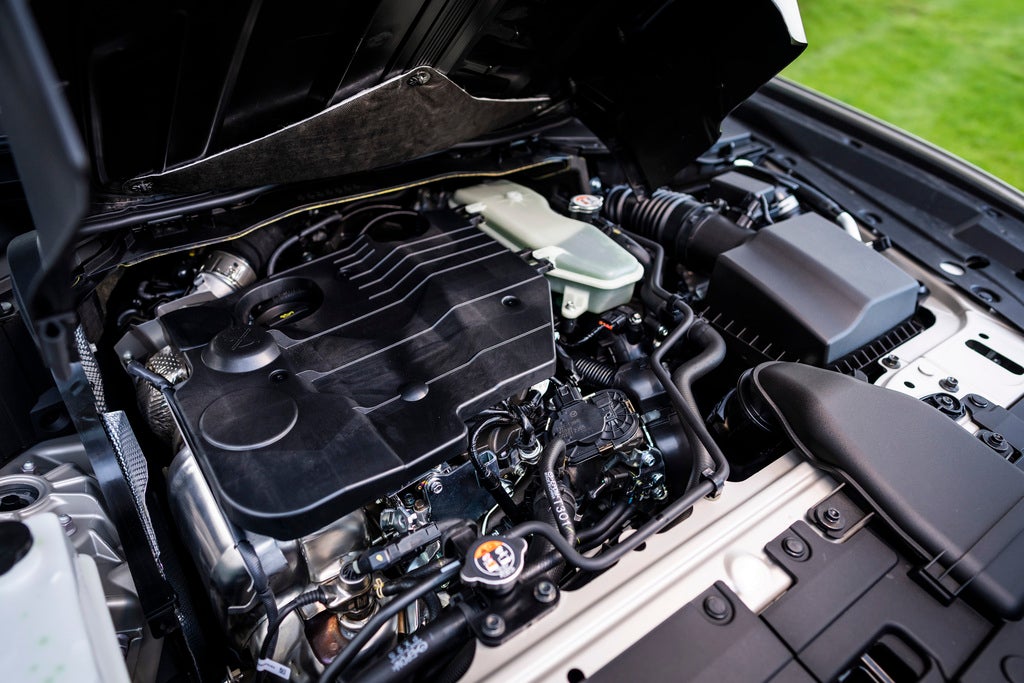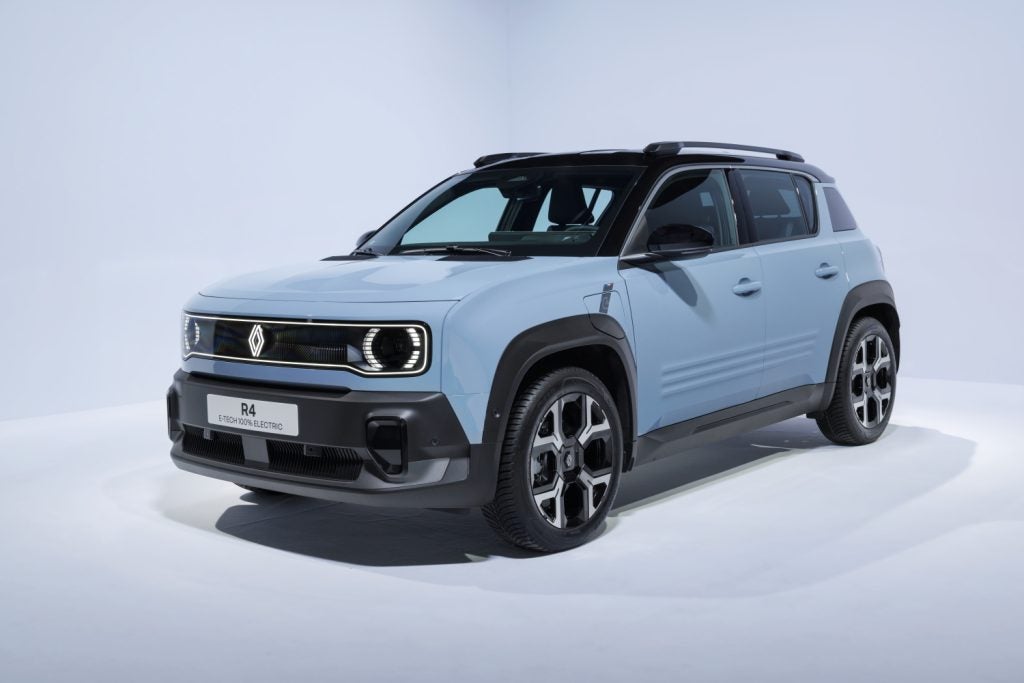Ford do Brasil has introduced a revised Ranger pick-up. The model is imported from Argentina to compete with the Brazilian-built Chevrolet S10, Mitsubishi L200 and Nissan Frontier models.
The Ranger pick-up has a redesigned nose based on the style of the US-made Ranger, but with an exclusive bumper. Ford has also modified the suspension but these are only the first in a series of changes planned for the model.
Next year Ford will introduce a new dashboard and a new diesel engine.
The revised Ranger is currently built with Ford 2.3-litre petrol and International 2.8-litre diesel engines. But, in 2005 the sold in Brazil will need to meet the new emission standard Proconve V (equivalent to Euro III) so the 2.8-litre diesel will be replaced by a new three-litre engine with common rail fuel injection, also made also by International Engines.
Ford has targeted an improved Ranger market share of 20% in Brazil, up from 14%.
How well do you really know your competitors?
Access the most comprehensive Company Profiles on the market, powered by GlobalData. Save hours of research. Gain competitive edge.

Thank you!
Your download email will arrive shortly
Not ready to buy yet? Download a free sample
We are confident about the unique quality of our Company Profiles. However, we want you to make the most beneficial decision for your business, so we offer a free sample that you can download by submitting the below form
By GlobalDataThe revised Ranger is produced in Ford’s Pacheco plant, in Argentina. Production started in July after the plant received an investment of $US32 million in assembly line equipment. Ford expects to make 5,000 units of the pick-up by the end of the year. About 40% of production is for Argentina, 40% goes to Brazil and the remaining 20% will be shipped to Mexico.
Rogerio Louro








